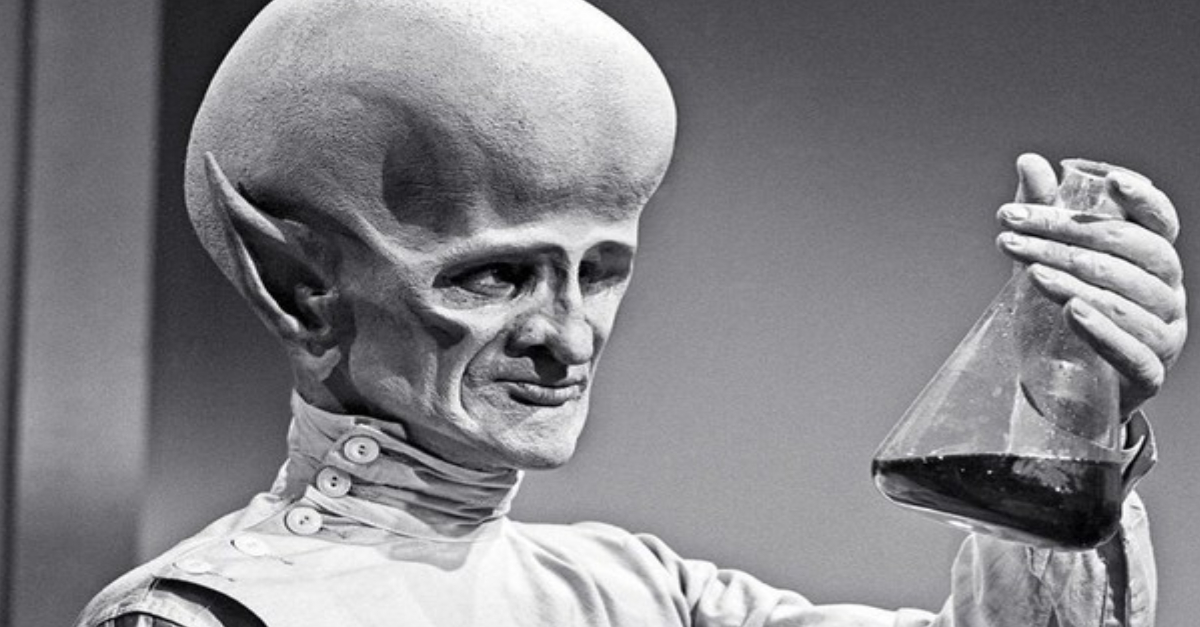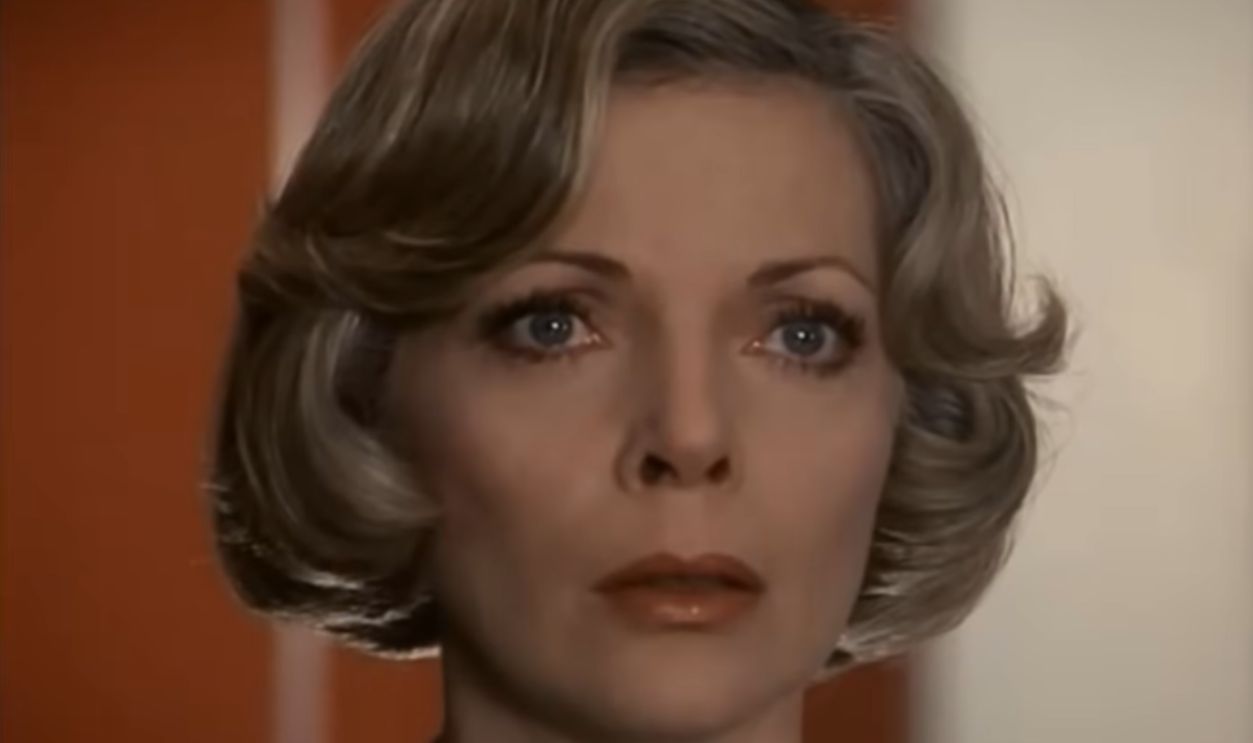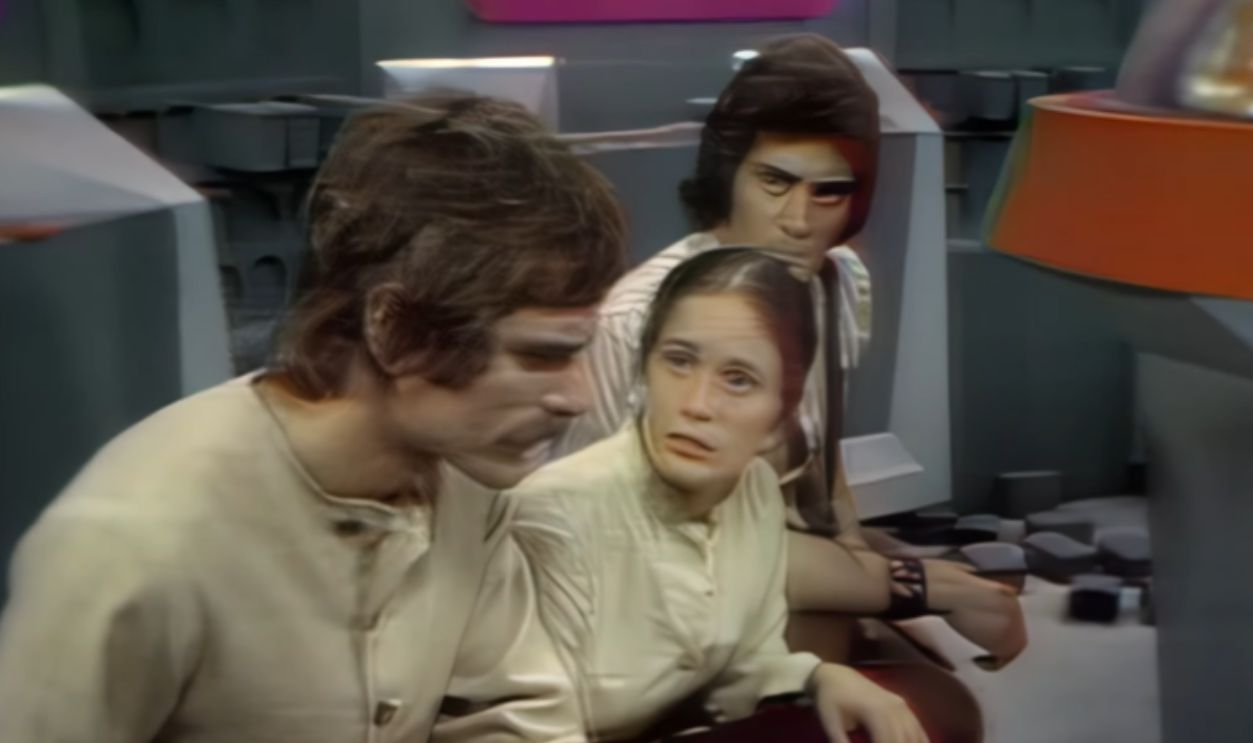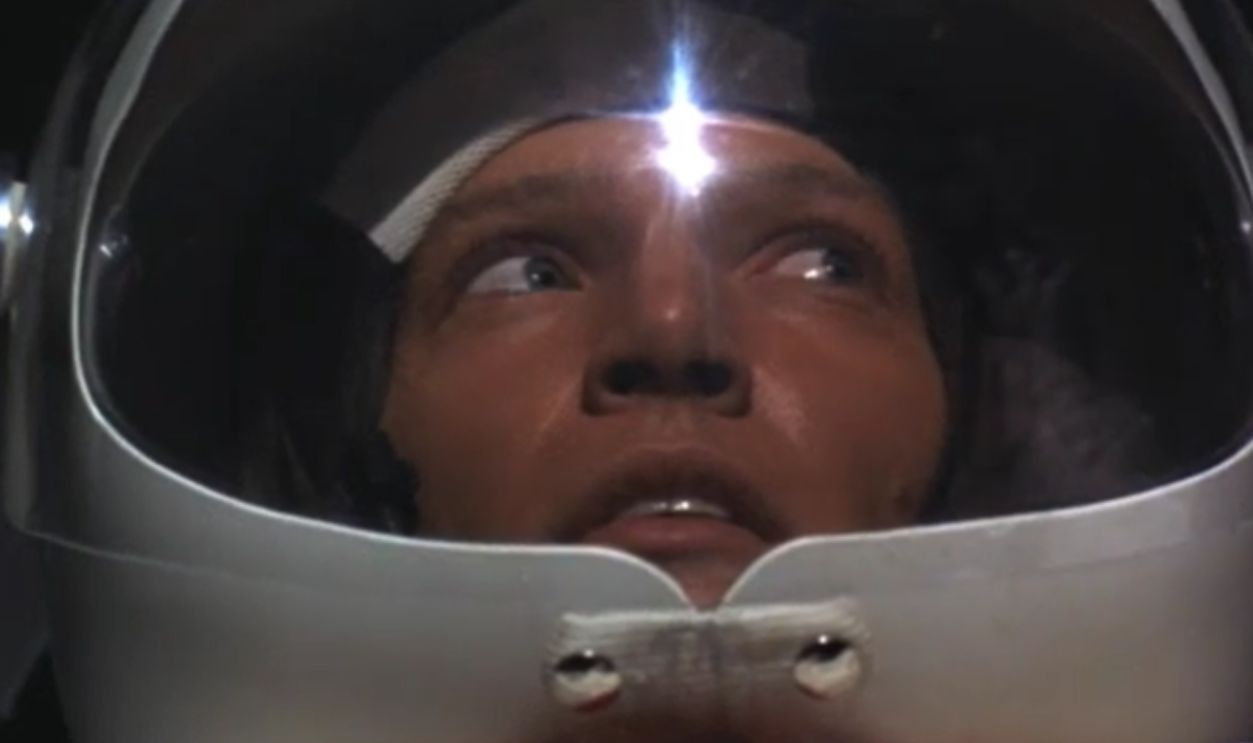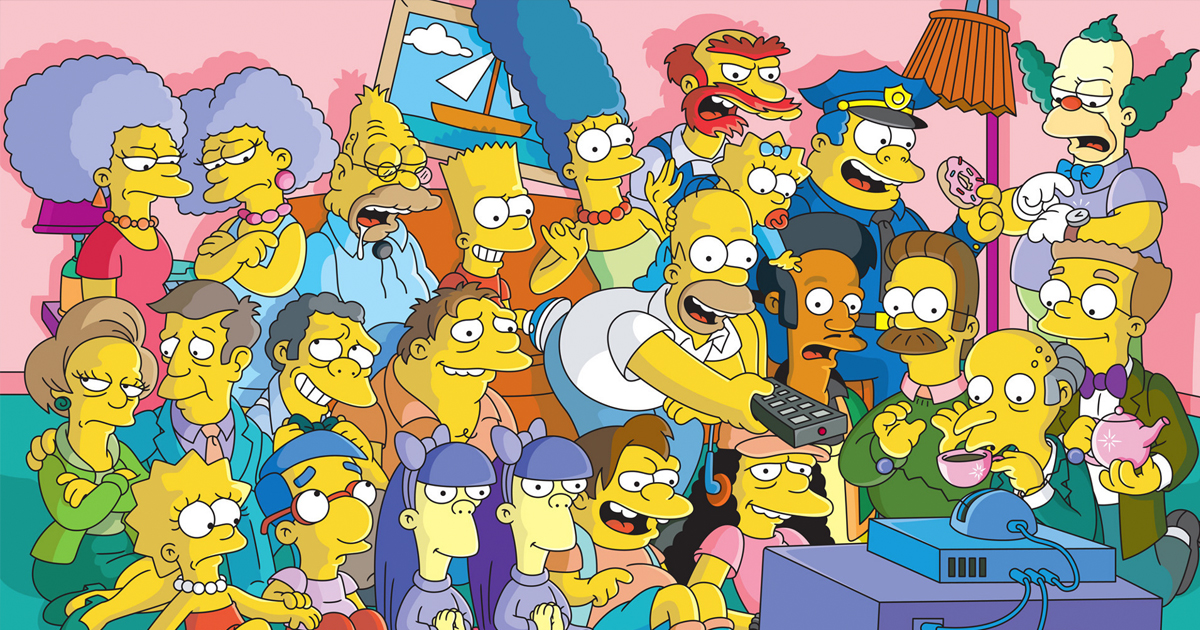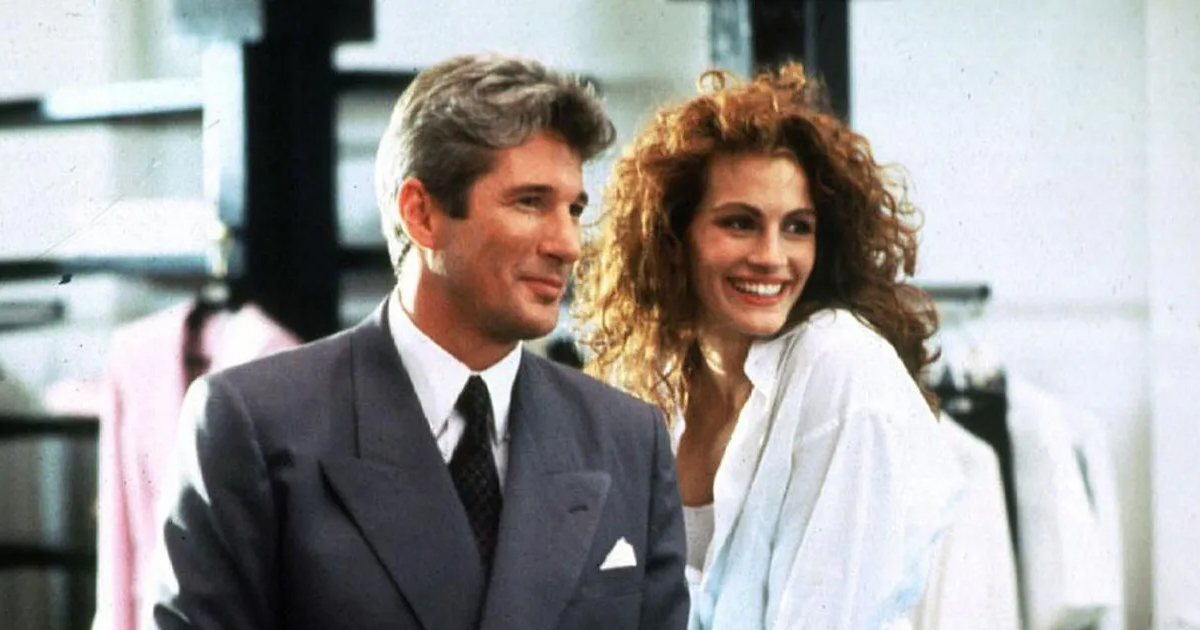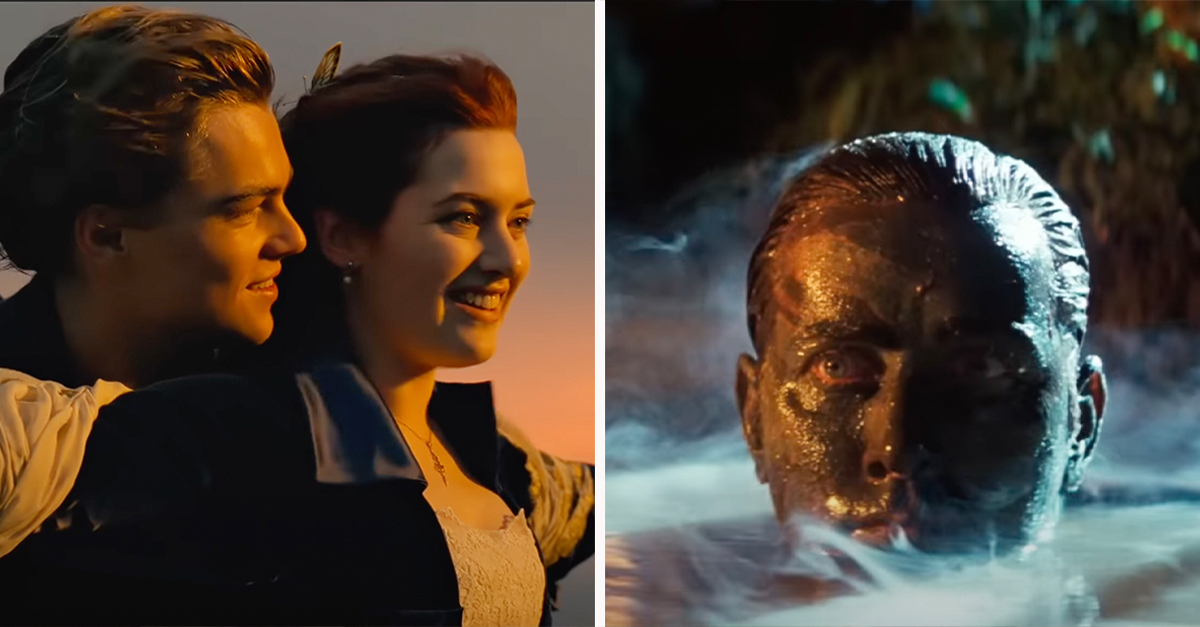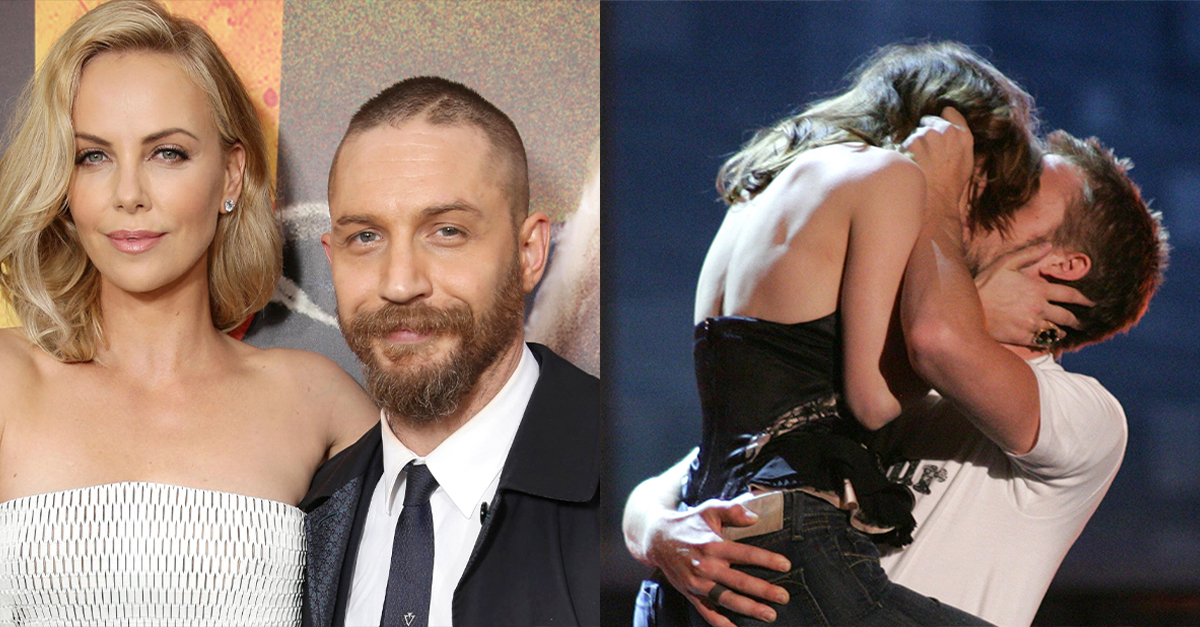Out of This World
Somewhere between black-and-white TVs and Blu-rays, boomers were watching some truly wild science fiction. Spaceships made of cardboard, aliens made of papier-mâché, and storylines that could rival Black Mirror—if Black Mirror had a smaller budget and more smoke machines. These shows didn’t just predict the future; they built it (and occasionally blew it up).
Let’s beam up some great sci-fi series that most millennials have never even heard of—but probably should have.

“Lost in Space” (1965–1968)
Before Star Trek got all the glory, the Robinson family was already lost in space—with a whiny robot and one of TV’s greatest villains, Dr. Smith. The special effects were so bad they were good, and “Danger, Will Robinson!” became the line that defined a generation of Saturday mornings.
 20th Century Fox Television, Lost in Space (1965–1968)
20th Century Fox Television, Lost in Space (1965–1968)
“The Outer Limits” (1963–1965)
Think The Twilight Zone’s weirder, more experimental cousin. Each episode opened with a chilling message—“There is nothing wrong with your television set”—which instantly meant there was definitely something wrong. It was eerie, imaginative, and surprisingly profound for a show made with about twelve dollars.
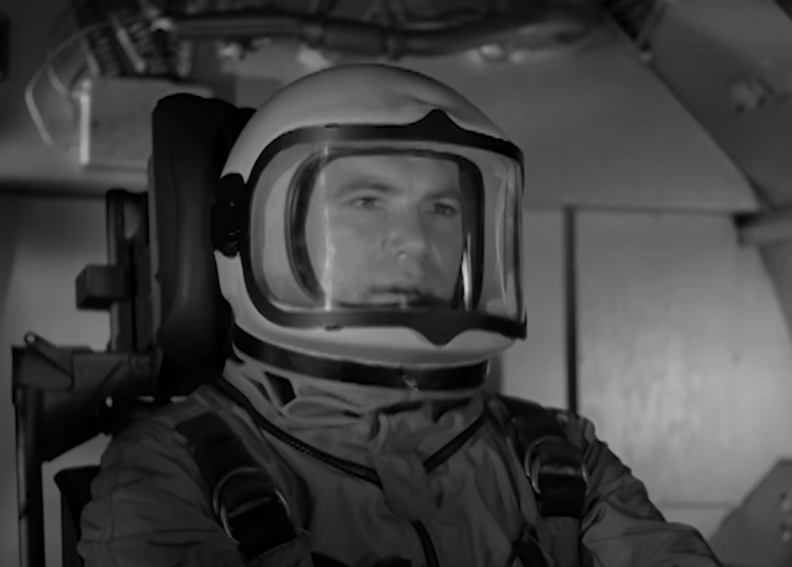 United Artists Television, The Outer Limits (1963–1965)
United Artists Television, The Outer Limits (1963–1965)
“The Invaders” (1967–1968)
A traveling architect discovers that aliens have infiltrated Earth… and no one believes him. Basically, Invasion of the Body Snatchers turned into a weekly TV panic attack. The paranoia and Cold War tension made it perfect mid-century fear fuel.
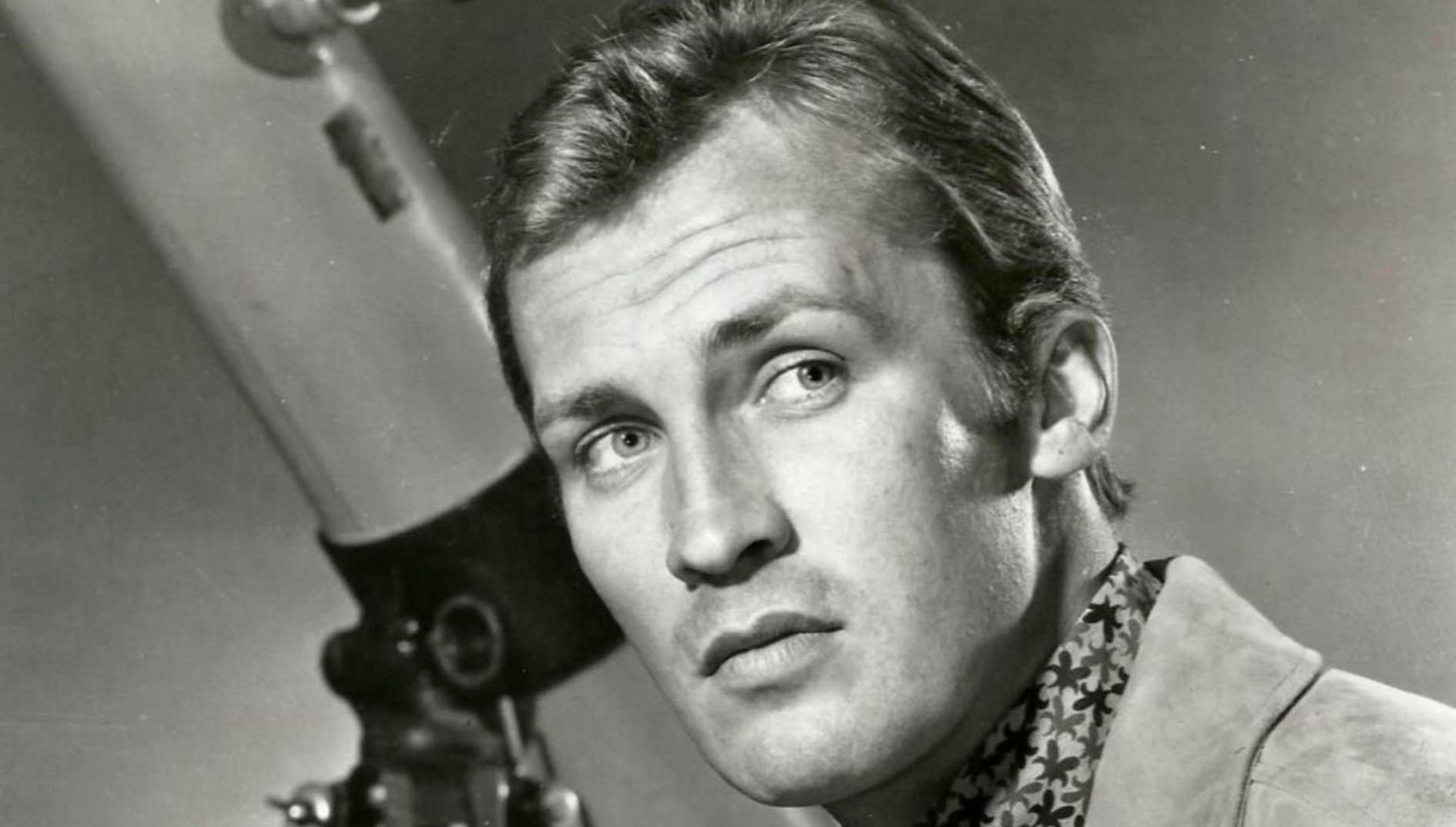 ABC Television, Wikimedia Commons
ABC Television, Wikimedia Commons
“Voyage to the Bottom of the Sea” (1964–1968)
If Star Trek explored the stars, this show explored the deep. Submarines, sea monsters, espionage—it had everything. It was like The Hunt for Red October meets Godzilla, with acting that was equally dramatic underwater or above.
“Time Tunnel” (1966–1967)
Two scientists fall into a secret government experiment and wind up bouncing through time. One week they’re in ancient Rome, the next they’re dodging dinosaurs. Think Quantum Leap, but with less emotional depth and way more tinfoil sets.
 ABC Television, Wikimedia Commons
ABC Television, Wikimedia Commons
“Space: 1999” (1975–1977)
The moon gets knocked out of orbit and somehow becomes a spaceship. Yes, really. The production design was stunning, the acting was intense, and the logic was… negotiable. But the vibe? Pure 1970s space disco apocalypse.
“Buck Rogers in the 25th Century” (1979–1981)
Gil Gerard’s Buck Rogers was basically Han Solo in polyester. After being frozen for 500 years, he wakes up in a future full of robots, laser guns, and metallic jumpsuits. The only thing more futuristic than the show’s setting was its theme song.
 Silver Screen Collection, Getty Images
Silver Screen Collection, Getty Images
“Battlestar Galactica” (1978–1979)
Before the gritty reboot some millennials might remember, there was the shiny original. Humans fleeing killer robots (the Cylons) across space—it was basically Star Wars on a weekly TV budget. The effects were recycled, the costumes sparkled, and somehow it still worked.
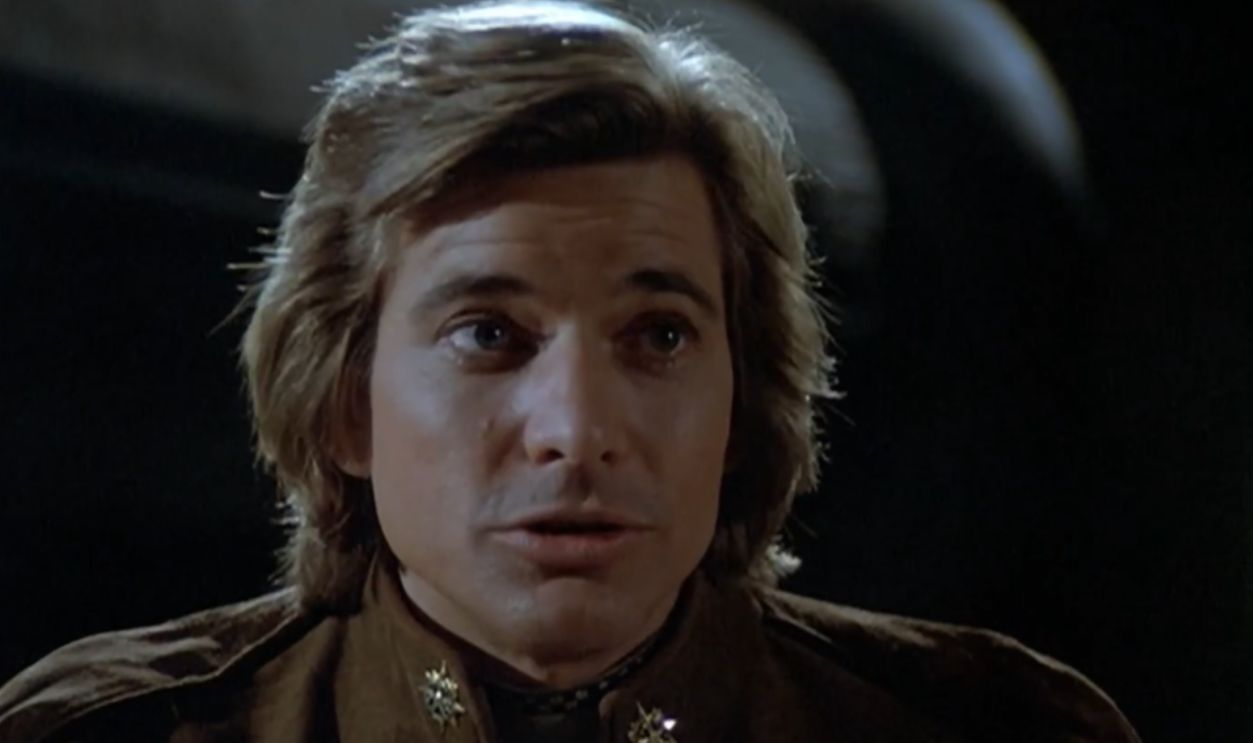 ABC, Battlestar Galactica (1978-1979)
ABC, Battlestar Galactica (1978-1979)
“UFO” (1970–1971)
Earth’s first line of defense against alien invaders—run by British agents in purple wigs. Yes, purple. Created by Gerry Anderson (of Thunderbirds fame), the show’s mix of spy drama, mod fashion, and space-age paranoia is an absolute trip.
“Thunderbirds” (1965–1966)
And speaking of Thunderbirds. They weren’t human—they were puppets. But that didn’t stop Thunderbirds from being one of the coolest sci-fi adventures of the ’60s. The miniature sets and explosions were spectacular, and the phrase “Thunderbirds are go!” still sounds awesome.
 ITC Entertainment, Thunderbirds (1965–1966)
ITC Entertainment, Thunderbirds (1965–1966)
“Logan’s Run” (1977–1978)
After the hit movie, Logan’s Run became a short-lived TV series about beautiful people trying to escape a society where you get “renewed” (read: vaporized) at 30. It was groovy, campy, and just self-aware enough to be great.
“Land of the Giants” (1968–1970)
A spaceship crash-lands on a planet where everything is enormous—humans, cats, chairs, you name it. The cast spends every episode hiding in cereal boxes and dodging giant shoes. It’s silly and surprisingly tense, depending on your fear of house cats.
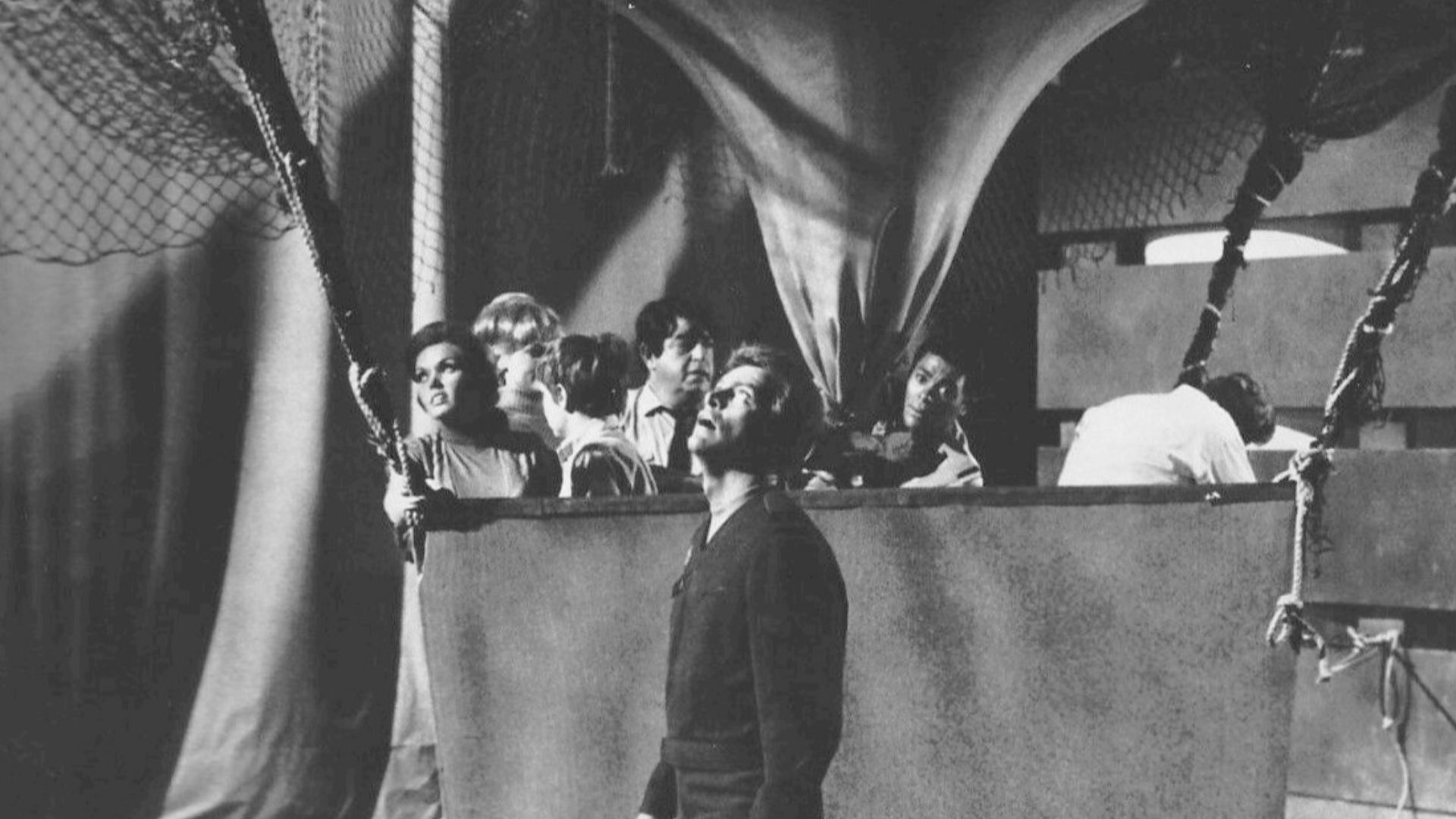 ABC Television, Wikimedia Commons
ABC Television, Wikimedia Commons
“The Six Million Dollar Man” (1974–1978)
He was part man, part machine, and all boomer cool. Astronaut Steve Austin’s bionic limbs made him the ultimate government asset. Cue slow-motion chases and the iconic “na-na-na-na” sound effect that made every kid run in slow-mo for years.
 ABC Television, Wikimedia Commons
ABC Television, Wikimedia Commons
“The Bionic Woman” (1976–1978)
If Steve Austin was the bionic OG, Jaime Sommers was the upgrade. She could run faster, jump higher, and charm her way through any mission. The show was ahead of its time with a strong female lead who could literally lift cars.
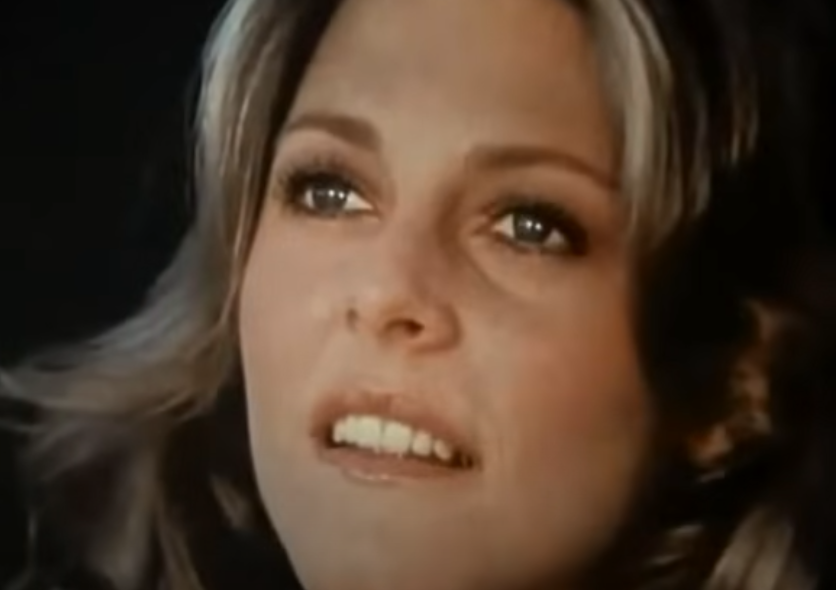 NBC, The Bionic Woman (1976–1978)
NBC, The Bionic Woman (1976–1978)
“Planet of the Apes” (1974)
Yes, there was a Planet of the Apes TV show. It didn’t last long, and to be fair, many boomers probably don’t remember this one either. But the ones who do remember the makeup and costumes—and a tone that was surprisingly deep. The message? Humans are usually the problem—which, yeah, still checks out.
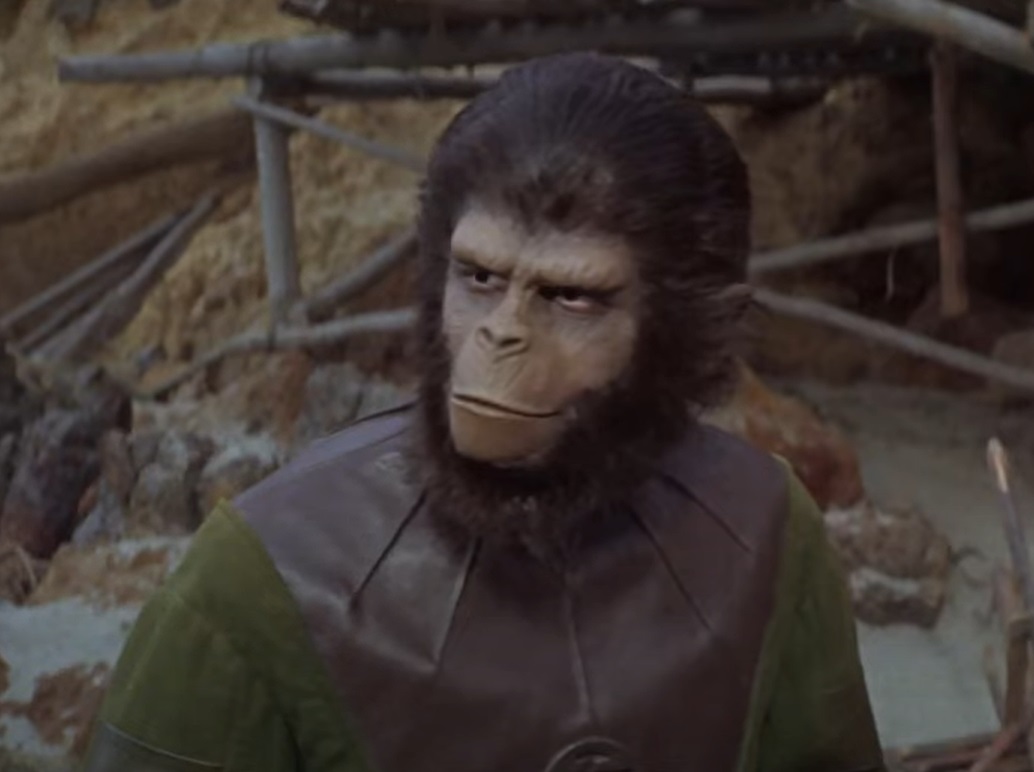 Twentieth Century, Planet of the Apes (1968)
Twentieth Century, Planet of the Apes (1968)
“Blake’s 7” (1978–1981)
This British cult classic followed a band of rebels fighting a tyrannical government in space. It was dark, morally complex, and ended in one of TV’s bleakest finales. Basically, Andor’s scrappy great-grandparent.
“Sapphire & Steel” (1979–1982)
Before The X-Files or Stranger Things, there was this eerie British gem starring Joanna Lumley and David McCallum as interdimensional agents fixing breaks in time. It’s stylish, haunting, and feels like a fever dream you’d totally want to have again.
 ITV, Sapphire & Steel (1979–1982)
ITV, Sapphire & Steel (1979–1982)
“My Favorite Martian” (1963–1966)
A stranded Martian hides out with a human roommate in this goofy, charming sitcom. The antenna gimmick, the slapstick, the mix of sci-fi and humor—it was Mork & Mindy before Mork & Mindy.
 CBS Television, Wikimedia Commons
CBS Television, Wikimedia Commons
“Quark” (1977–1978)
Imagine Star Wars as a workplace comedy. Quark followed a space garbage collector and his oddball crew. It was weird, ahead of its time, and packed with one-liners that still hold up if you love absurd humor.
“The Prisoner” (1967–1968)
This trippy British series followed a secret agent trapped in a mysterious coastal village where no one uses names—just numbers. It’s part sci-fi, part psychological thriller, and completely bananas in the best way possible.
“Captain Scarlet and the Mysterons” (1967–1968)
Another Gerry Anderson puppet masterpiece, this one leaned darker. Earth fights an alien race called the Mysterons, and Captain Scarlet keeps dying—but always comes back. It’s like Westworld, but made of strings and stiff upper lips.
 ITV, Captain Scarlet and the Mysterons (1967–1968)
ITV, Captain Scarlet and the Mysterons (1967–1968)
“Man from Atlantis” (1977–1978)
Patrick Duffy (yes, from Dallas) starred as a web-fingered amnesiac with gills who might be the last survivor of Atlantis. He swims, he saves, he broods—it’s part sci-fi, part beach soap opera, and totally fantastic.
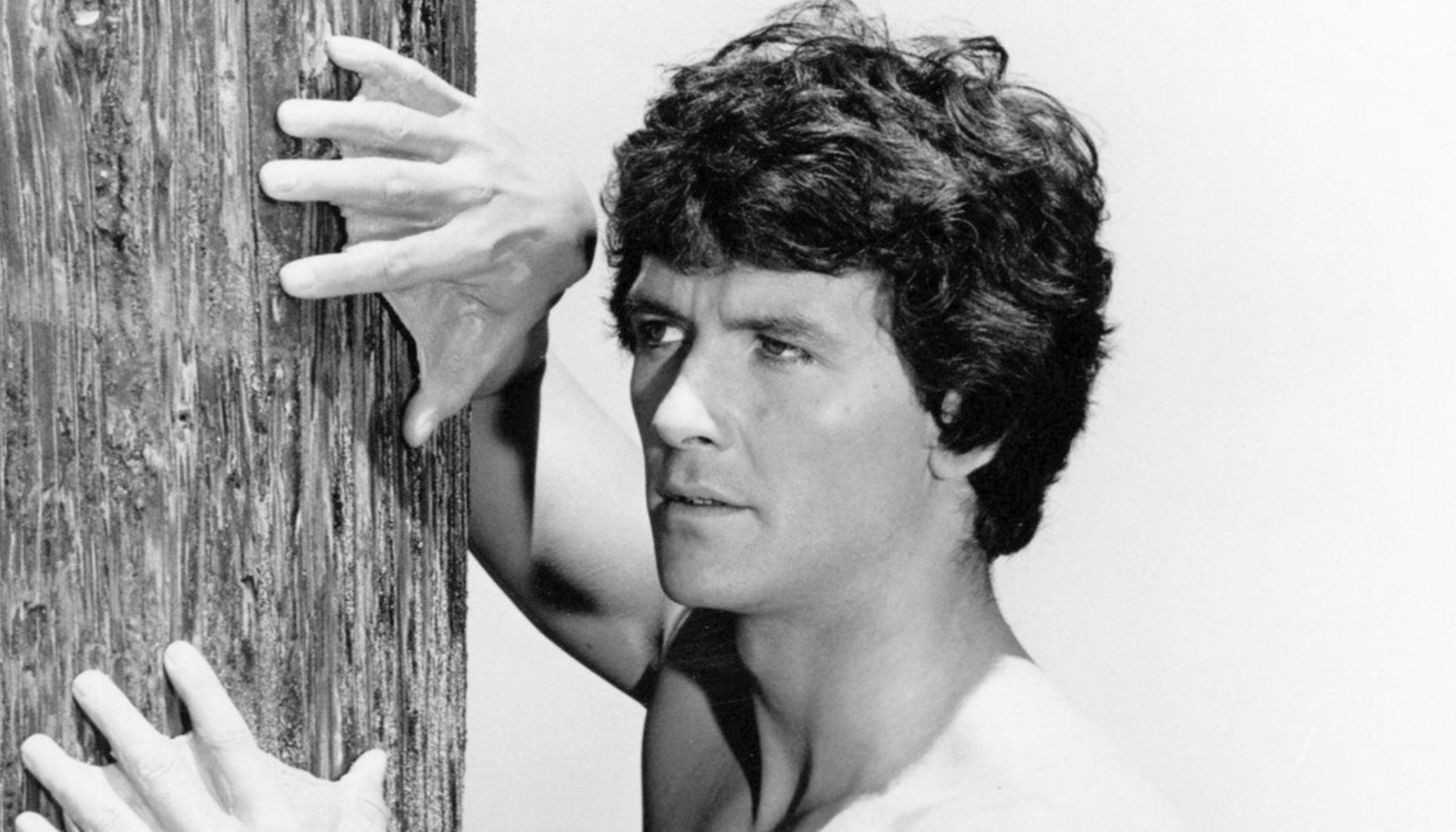 NBC Television, Wikimedia Commons
NBC Television, Wikimedia Commons
“Starlost” (1973–1974)
A Canadian space drama about a massive ship of domed biospheres drifting through space after Earth’s destruction. It was ambitious, philosophical, and famously underfunded. Think Snowpiercer meets Gilligan’s Island—on a bargain budget.
“Jason of Star Command” (1978–1981)
A Saturday morning adventure that felt like Flash Gordon met Star Wars at a disco. Cheap effects, big heart, and Roddy McDowall hamming it up as the good guy. Kids adored it; parents mostly tolerated it.
 CBS, Jason of Star Command (1978–1981)
CBS, Jason of Star Command (1978–1981)
“Earth 2” (1971)
Not to be confused with the ’90s version—this early made-for-TV movie imagined a future where people lived on orbiting space stations. It’s full of optimism, big collars, and science that made your fifth-grade teacher sigh.
“Fantastic Journey” (1977)
A Bermuda Triangle adventure gone sideways—travelers end up in a mysterious land full of time anomalies, aliens, and people from lost civilizations. It’s like a fever dream with lava lamps.
“Automan” (1983–1984)
Just sneaking into boomer territory, this early ’80s oddity featured a holographic hero who could drive a neon car at light speed. Imagine Tron meets Magnum P.I.—and somehow cheesier than both combined.
“Quatermass” (1953–1979)
The British sci-fi grandfather of them all. Professor Quatermass fought alien invasions and government cover-ups decades before Mulder and Scully made it cool. Low budget, high tension—and pure genre history.
You Might Also Like:
Scott Bakula went far beyond Quantum Leap.

